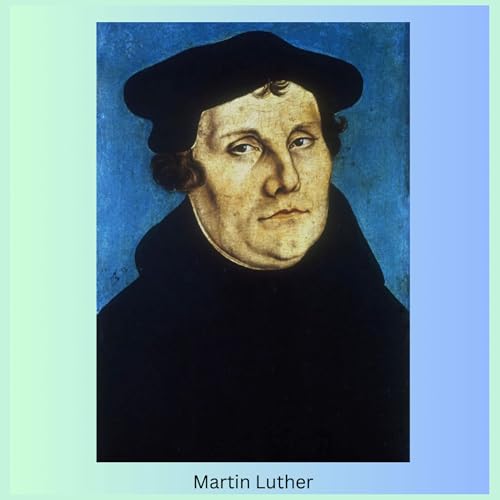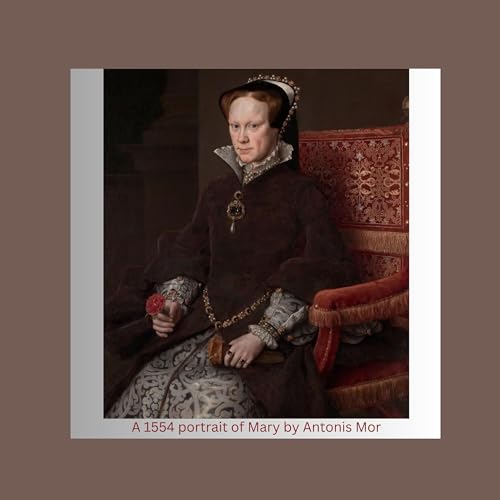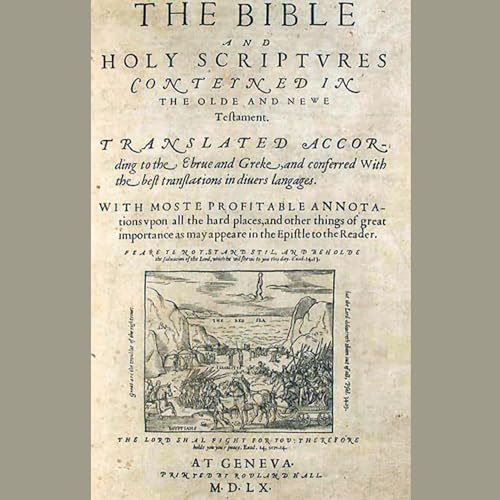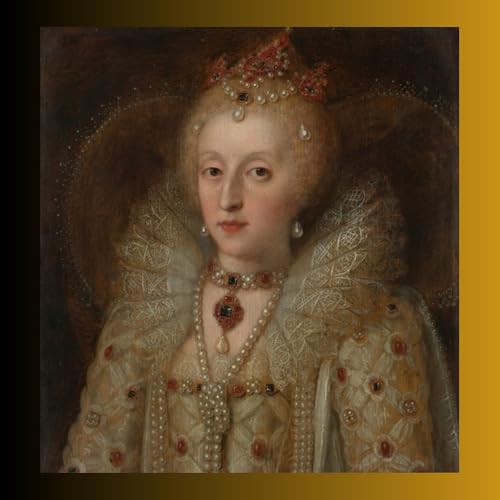Hello and welcome.
This podcast explores the rise of Protestantism, how it challenged long-standing traditions, reshaped core beliefs, and set in motion a transformation, that would change the world.
At its centre, is the story of England’s Nonconformist and Separatist movements, highlighting their importance, within the larger context of the Christian faith.
By placing these movements within the broader framework of Christian history, we highlight how they redefined doctrine, altering the course of Western Christianity, and contributing to the enduring divide between Roman Catholicism and the emerging Protestant groups.
Our narrative, unfolds chronologically, beginning in early 16th-century Germany, with Martin Luther’s excommunication, concluding a century later, on the southern coast of England.
Each episode begins and ends with a short piece of music that is relevant to the content presented.
Additionally, each episode includes a complete transcript for your convenience.
This series does not seek to persuade or promote any particular belief.
Instead, it aims to examine the events, ideas, and conflicts that shaped one of the most pivotal eras in european religious history.
Throughout the series, you will encounter the determination and steadfast faith of early Puritans, Nonconformists, and Separatists—individuals who challenged societal norms, endured persecution, and often risked their lives, for their convictions.
Their courage, helped lay the foundation for the principles of religious freedom and individual rights, that many cherish today.
Our first 12-episode series, highlights the contributions of figures such as Beza, Vermigli, Calvin, Tyndale, Knox, and Robert Browne—widely regarded as the father of Congregationalism.
The second 12-episode series begins in 1585, as the Protestant crusade unravels in Holland.
From there, we follow the chain of events, leading to the execution of Mary Queen of Scots, and uncover the story of another significant—though often overlooked—Martin.
These developments, carry us from the reign of Elizabeth the First, into the tumultuous rule of King James I, Mary’s only son.
In the third series, starting in 1607, we trace the struggles of the Puritan Nonconformists, following their journey from Puritanism to Separatism, and their eventual migration, to the emerging English Separatist communities, across Holland and Europe.
The artwork is Exsurge Domine, 'Arise, O Lord'.
It is the cover page of the Papal Bull promulgated or ‘exposed to public view’, on 15 June 1520 by Pope Leo X. It was issued in response to Martin Luther's teachings, which contradicted the beliefs upheld by the Catholic Church.
The Music accompaniment is Dies Irae, or The Day of Wrath'.
This is a medieval Latin poem, best known for its use in the Roman Rite Requiem, Mass for the Dead, and funeral Mass.
 3 mins
3 mins Jun 7 202423 mins
Jun 7 202423 mins Jun 13 202417 mins
Jun 13 202417 mins Jun 20 202423 mins
Jun 20 202423 mins Jul 4 202432 mins
Jul 4 202432 mins Jul 4 202427 mins
Jul 4 202427 mins Jul 5 202432 mins
Jul 5 202432 mins Jul 6 202430 mins
Jul 6 202430 mins

